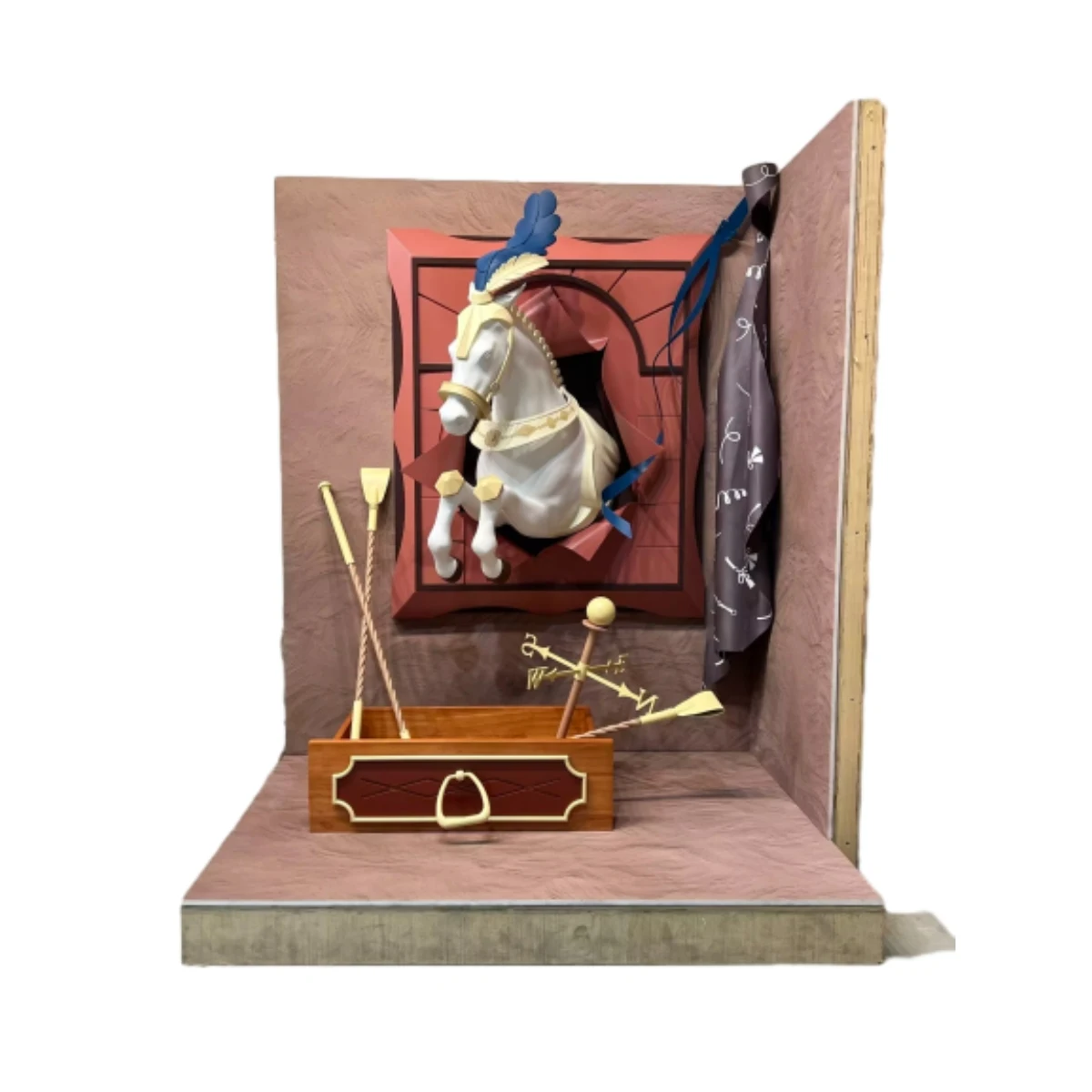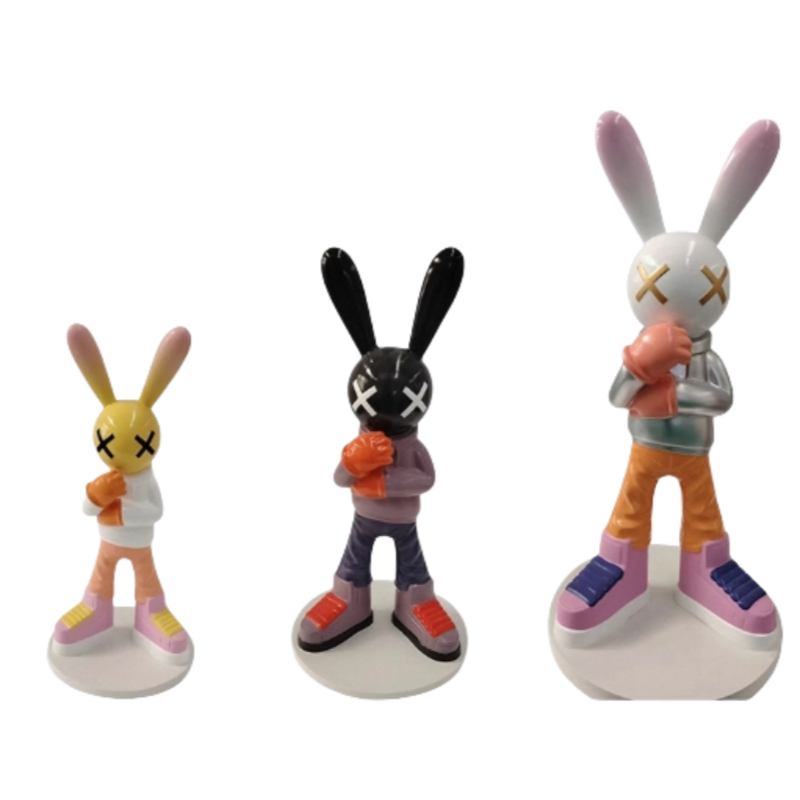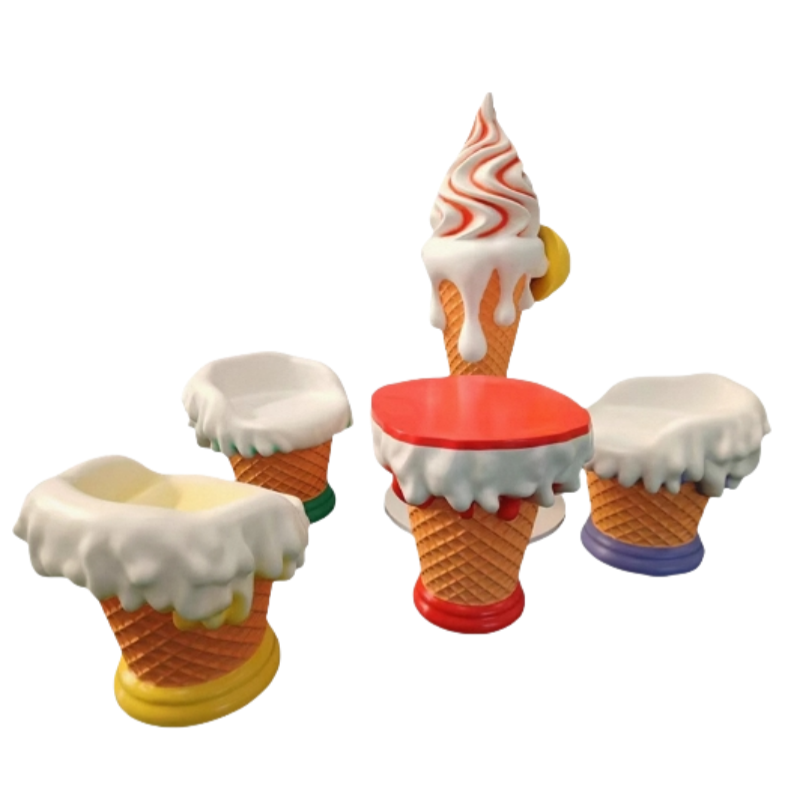fiberglass sculpture cost
Fiberglass sculpture cost encompasses various factors that influence the final price of creating artistic pieces using this versatile material. The cost typically depends on size, complexity, design intricacy, and finish quality. Fiberglass, a composite material made of glass fibers and resin, offers durability and weather resistance while maintaining relatively lightweight properties. The manufacturing process involves creating molds, layering the fiberglass material, and applying specialized finishes, each step contributing to the overall cost. Professional sculptors consider factors such as material quality, labor hours, artistic expertise, and installation requirements when determining prices. The cost can range from a few hundred dollars for small pieces to tens of thousands for large-scale installations. Modern technology has introduced advanced molding techniques and finishing options, allowing for more precise detail work and diverse artistic expressions. The cost also includes considerations for transportation, installation, and long-term maintenance. Understanding these components helps clients make informed decisions about their investment in fiberglass art.











